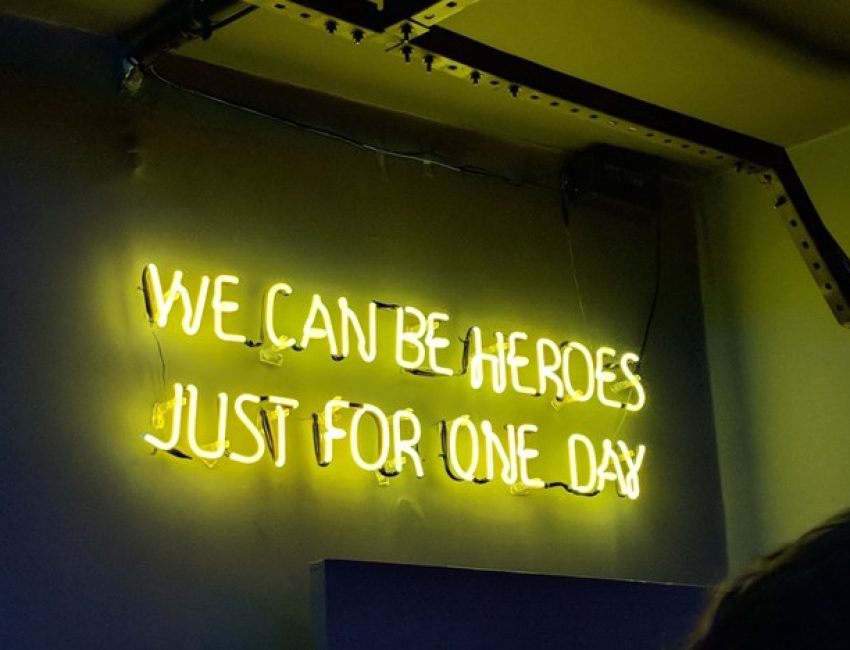Storytelling is the best way to convey ideas and emotions, both of which you need to hook your target audience. If your sales pitch doesn’t tell a story, you’re likely not going to have many bites. But storytelling has existed in our society for far longer than sales. Authors, scriptwriters, video game developers, and other creatives use a number of tools and techniques to tell a good story.
One of the most popular is the Hero’s Journey, the idea that every story follows the same essential trajectory and beats. The Hero’s Journey is also something you can use in your sales pitch.
What Is the Hero’s Journey?
Star Wars. The Lord of the Rings. The Hunger Games. Even most rom-coms that you see. What do they have in common? It’s usually the Hero’s Journey. This outline includes all the typical beats that make a universal story people can relate to. These beats include:
- The Call to Adventure – The initial issue that opens the door to change in the hero’s life
- Refusal of the Call – The hero’s initial reluctance to answer the call
- Crossing the Threshold – The hero embarking on their journey for the first time
- Point of No Return – The hero’s life is changed, unable to go back
- The Road of Trials – All the challenges the hero finds along the way
- Making Allies – The people who help the hero on their quest
- Gaining Skills – New skills and accomplishments that help the hero on their journey
- The Climactic Battle – The hero faces their foe or uses all the skills and allies they’ve gained along the way to accomplish their goal
- Returning Home – The hero returns home triumphant to live out their days in peace.
How To Use the Hero’s Journey In Your Sales Pitch
Now that you understand these universal steps in most stories let’s discuss how you can include them in your sales pitch:
Keep It Simple
The list of steps above is an abbreviated version of the Hero’s Journey. However, for your sales pitch, you may want to condense those steps even further. A good sales pitch should be under two minutes. Don’t get so lost in the details of a good narrative that you forget actually to describe your product and what it does. Try to stick to the important points of the hero’s journey, the points that will stand out the most.
Make the Customer the Hero
Your company should never be the “hero” in the story. To position yourself as the hero is to position the customer as your ally — your sidekick, essentially. Instead, you want to frame the customer as the hero. Your company is their ally, the tool they need to defeat the antagonist or the wise mentor. Your company is Gandalf or Yoda, not Frodo or Luke Skywalker. Better yet, your company is the sword that King Arthur pulls from the stone in order to vanquish his foes.
Make Your Company Indispensable
You might not be the hero, but no hero goes through their journey alone. Make it clear in your sales pitch that your product or service is what’s necessary for the hero to accomplish their goal and defeat the antagonist. Make the hero excited about teaming up with you, and about the results that follow. When you get to that happy ending, make sure it’s clear that it wouldn’t have been possible without your company’s help.
Set Up a Strong Antagonist
Every story needs a villain. What is your customer’s antagonist? What problem is upsetting their daily routine and making it difficult to live peacefully? If your product offers some form of pain relief, maybe the villain is chronic pain. If you offer a convenient cleaning product, it might be their old cleaning products. Let your story show how much this antagonist is hurting your hero and why it needs to be vanquished.
Give It a Happy Ending
Not every story has a happy ending. In the story of Orpheus and Eurydice, Orpheus fails at the last minute by turning around and looking for Eurydice, thus condemning her to the Underworld. Other stories may have the hero vanquish the foe but return home shell-shocked after everything they saw and experienced.
But a tragic ending is not likely to sell your product. Your story needs an indisputably happy ending. The hero returns home triumphantly, saving the day. The antagonist is gone forever, or if they’re not gone forever, they’re clearly no match for the hero. This happy ending is what you’ll ultimately need to sell the product.


